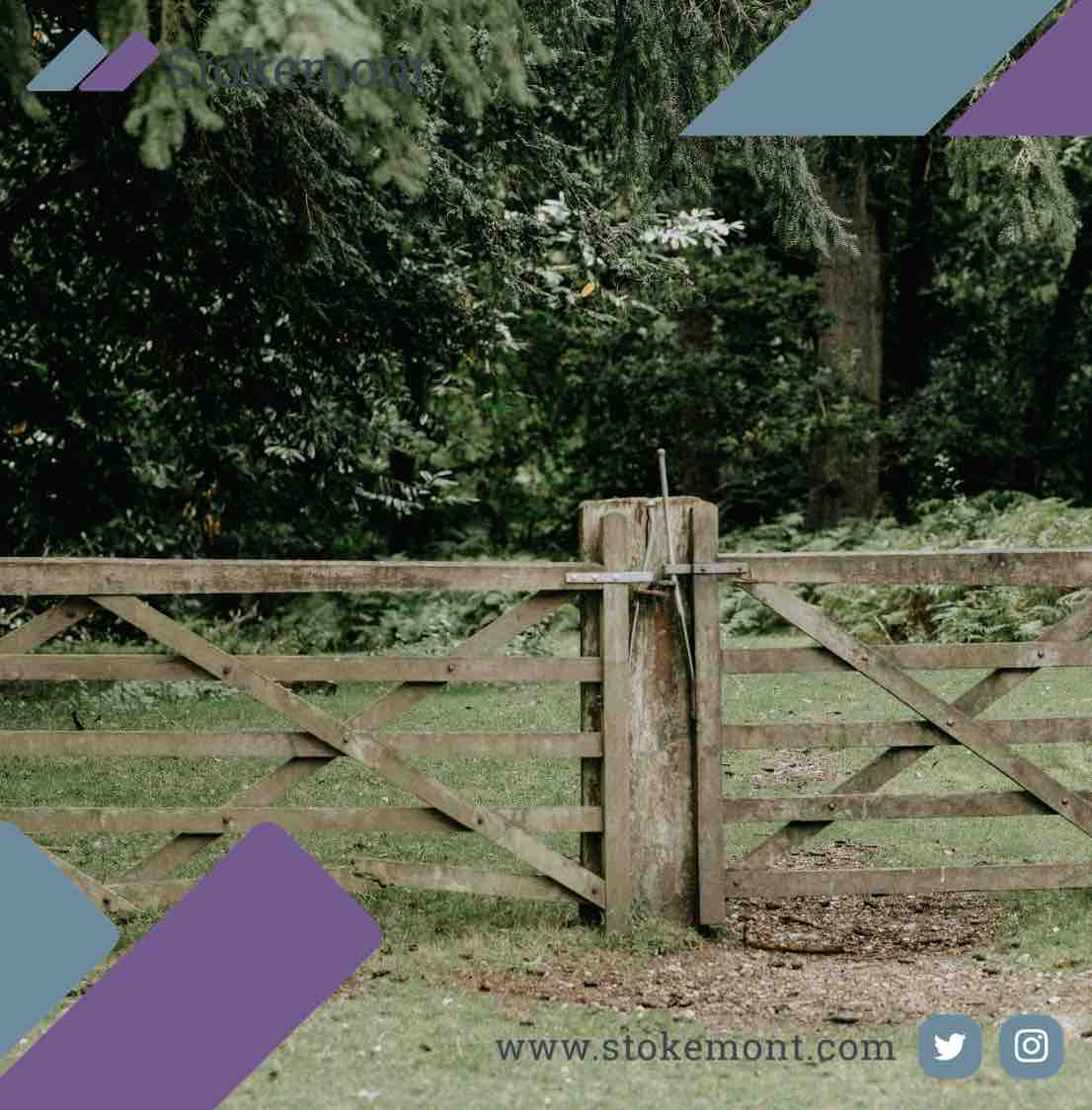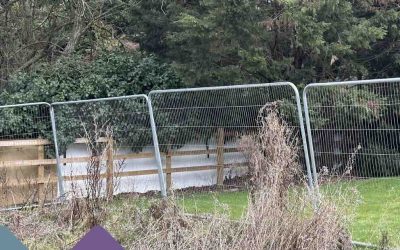Thank you for clicking on one of our property blog posts we really do hope that it is beneficial for you and provides you with some valuable information.
The focus of today’s post will be on boundary disputes and particularly the common types of Trespass that are regularly seen around the country.
A boundary dispute is a relatively common dispute that neighbours find themselves in and here at Stokemont our experienced Boundary Surveyors deal with a wide range of disputes every day.
The most common forms of trespass that we see are:
Fences
Many boundary disputes revolve around the position of a fence dividing two properties. Typically, when these are replaced, they are installed in an incorrect position and the adjoining neighbour will raise issue with this.
Rear Extensions
Another trespass that we often see is when a building owner builds a new rear extension. The flank walls of these rear extensions often project past the boundary line. If it isn’t the walls, then we also often see the gutters and eaves trespassing into the adjoining property.
Loft Dormers
Much like the projections seen with ground floor extensions. It is relatively common to see the gutters and soffit boards of dormers projecting past the boundary line at roof level.
Boundary Walls
When new boundary walls are constructed it is common that these are built in an incorrect position.
The four forms of trespass set out above are by far the most common issues we come across. However, the forms of trespass we see are wide ranging and each one requires a different method to establish the trespass.
How is a trespass determined?
A trespass can be determined by an experienced Boundary Determination Surveyor, and it will involve the Boundary Surveyor visiting the respective boundary to undertake an inspection to carry out any necessary measurements and identify if there are any historic markers of the boundary line between the two properties.
Sometimes the boundary cannot be established by the site inspection alone and will depend on desk-based research.
In any case, once the boundary line has been established, the fact on whether there is any trespass by either party can be determined. This can be shown in various ways, for example, during the site inspection measurements could be made to the trespass in question and compared to the position of the boundary line.
Although sometimes doing this on site is not possible so the trespass will need to be determined using aerial photographs or satellite imagery.
If it is determined that there is a trespass the building owner could share the boundary determination report with the neighbouring owner and ask them to remove the trespass by also issuing them with a ‘notice before action’. The ‘notice before action’ will provide the neighbouring owner a period to remove the trespass or instruct their own boundary determination surveyor if they disagree that there is a trespass.
Once the notice period set out within the ‘notice before action’ the building would have the legal right to proceed with removing the trespass if they have not received a response from the neighbour within the notice period set out.
Determining whether there is a trespass can be a stressful time for two neighbours as it can take time, effort, and money to solve. We would always advise that neighbours should try to resolve the dispute in a neighbourly way and that discussions should be had as soon as one neighbour believes there is a trespass.
Unfortunately, it is fairly common that these forms of disputes cannot be resolved in a neighbourly matter. As a building owner you can have a Boundary Determination Survey undertaken and should it agree with where you believe the boundary to be you should then present the Boundary Determination report with the neighbour in which you are in dispute with.
When presenting the Boundary Determination report to the neighbour they may disagree with the report’s findings. If this is the case, the neighbour would then be in a position to appoint their own Boundary Determination Surveyor to carry out the same task.
If the boundary line set out within their reports differs from your report’s findings, it is likely that the issue will need to be resolved through the courts. The courts would then appoint a third Boundary Surveyor who would review the two reports and then carry out their own survey which ultimately would decide the boundary position.
If you are currently in a boundary dispute with your neighbour, please feel free to get in contact with one of our experienced Boundary Surveyors by clicking here.




